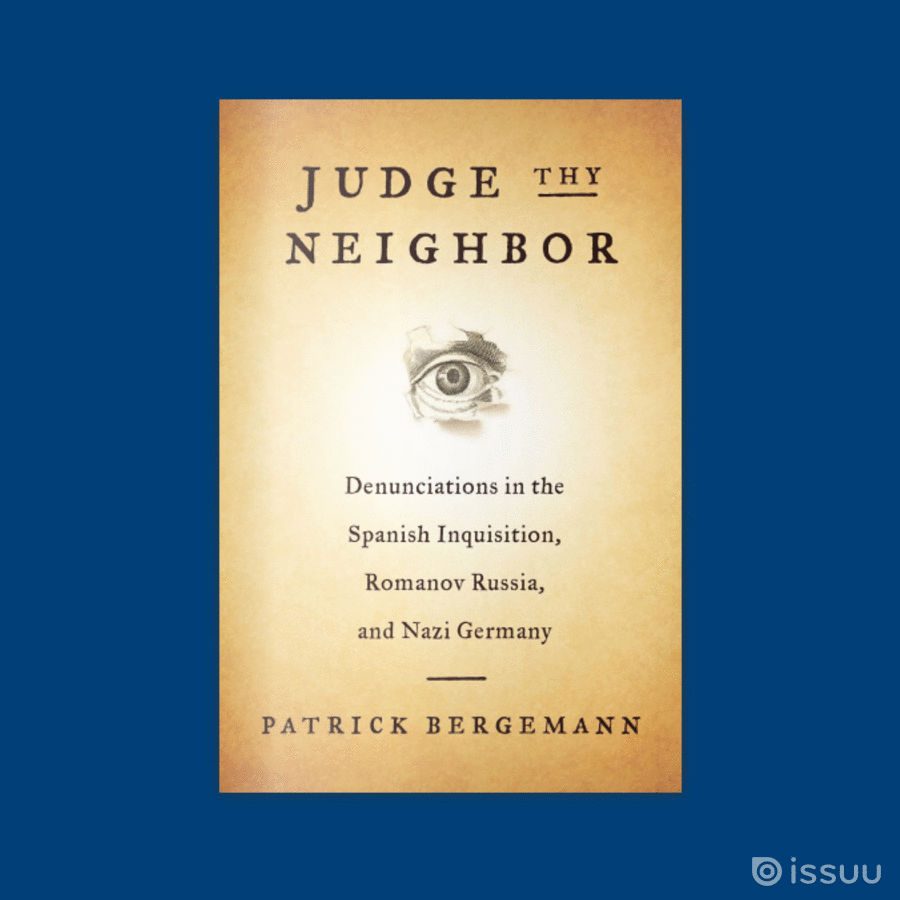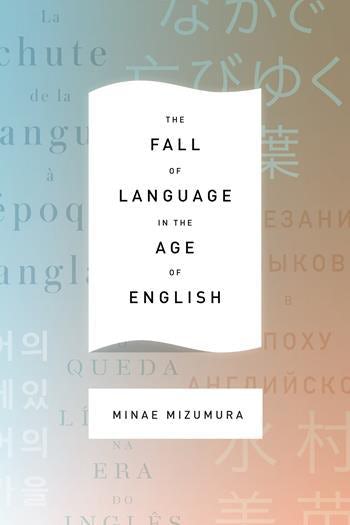“There was no other way”: The Pasts, Presents and Futures of the Marvel Cinematic Universe

This week, our featured book is Avengers Assemble!: Critical Perspectives on the Marvel Cinematic Universe. Today, we are happy to present you with a guest post by author Terence McSweeney.
Enter our book giveaway by Friday at 1 PM for a chance to win a free copy!
• • • • • •
On the weekend of April 28-29 of this year Avengers: Infinity War, the nineteenth film in what is widely referred to as the Marvel Cinematic Universe, earned $257 million at the US domestic box office, dethroning the previous record holder, Star Wars: The Force Awakens (2015), and in just eleven days became the fastest film ever to join $1 billion dollar club, something all contemporary blockbusters have hoped to achieve since Jurassic Park first did in 1993. The film’s success consolidates the Marvel Cinematic Universe as the biggest franchise in film history by quite some margin with a total box office of around $16 billion and counting. All of this in an era in which movies are said to be dying figuratively (see David Thomson, 2012; David Denby, 2012) and literally, as in 2017 cinema admissions hit a twenty-five year low in the United States, and of a genre that has been described both as a ‘cultural catastrophe’ (by famed graphic novelist Alan Moore qtd. in Flood 2014) and called a ‘cultural genocide’ (by Academy Award winning film-maker Alejandro González Iñárritu qtd. in Fleming Jr. 2014).
A decade and all those billions of dollars later it is easy to forget that the original Iron Man was a considerable gamble for the newly-formed Marvel Studios. While Iron Man had been a major part of the comic world since his debut in 1963, he was considered by many in 2008 to be a ‘second string’ superhero compared to the iconic figures of Superman, Spider-Man and Batman, each of whom had made an indelible mark on popular culture in the previous decades (see Boucher 2006). It would have taken the Eye of Agamotto and perhaps a knowledge of 14,000,605 possible futures to have anticipated what was going to happen to both the character and the franchise then, as Iron Man by almost any metric is now the world’s most popular superhero.
There is a moment early on in Joe and Anthony Russo’s Avengers: Infinity War where Doctor Strange (Benedict Cumberbatch) and Wong (Benedict Wong) explain to us the audience and Tony Stark, played by Robert Downey Jr. for the ninth time in ten years, what the Infinity Stones actually are. For those in the audience not intimately familiar with the eighteen films which preceded this one it is a handy primer to something they might consider as a vaguely unimportant MacGuffin designed to move our characters from one punch up/CGI explosion to another, like the “Mother Boxes” in last summer’s disappointing Justice League (2017). But for those of us who are invested in Marvel’s grand tapestry, an experiment in which Marvel Studios has endeavoured to create a cohesive narrative in which all the characters and events portrayed reside within the same diegetic world (something which had been common in comics for decades, but practically unheard of in film until then) they mean something else. If you are one of those you know how the film builds on those which came before it in ways never before attempted in the history of the blockbuster: that it (best to take a deep breath here) begins moments after the end of Thor: Ragnarok (2017), features an extended sequence set in Wakanda from the cultural phenomenon that was Black Panther (2018), that is also sequel to Spider-Man: Homecoming (2017) in that it develops the burgeoning connection between Tony Stark and Peter Parker, that it also deals with the aftermath of the Sokovia Accords depicted in Captain America: Civil War (2016), that it follows after the intergalactic and interdimensional events of Doctor Strange (2016), that it builds on the relationship between Vision and Wanda ‘Scarlett Witch’ Maximoff which started in Avengers: Age of Ultron (2014), that it advances the group dynamic established in Guardians of the Galaxy and Guardians of the Galaxy: Volume Two (2017) in often surprising ways connected to the past of Gamora and the future of Peter “Star-Lord” Quill, that it progresses the character of Iron Man established in the Iron Man trilogy of Iron Man (2008), Iron Man 2 (2010), Iron Man 3 (2013), that it features an audacious call back to the events of Captain America: The First Avenger (2011) and that the brief handshake between Captain America and his best friend James Buchanan “Bucky/ the Winter Soldier” Barnes comes after a friendship that began in America in the 1920s which was established in that film and deepened after the events of Captain America: The Winter Soldier (2014), that Thor’s heartfelt and understated monologue around the halfway mark of Infinity War makes reference to the growth of the character from a petulant Prince to a wise King in Thor (2011) and Thor: The Dark World (2013), that the characterization of Bruce Banner changes in intriguing ways since it was established in The Incredible Hulk (2008), when he was played by Edward Norton, and that it is a true second sequel to The Avengers (2012), which at the time was thought of as having the almost impossible task of reconciling six superheroes into single film after the MCU origin stories which had started the MCU, but Infinity War, by my count, has something like forty ‘main’ characters, each with their own moments, character beats and trajectory, no matter how slight (you can breathe out now). Oh yes and it mentions Ant Man (2015) and contains Groot saying “I am Groot” with a literal meaning for the first time in a quite a while.
My new book, Avengers Assemble! Critical Perspectives on the Marvel Cinematic Universe which is available in good bookshops all over the galaxy from Alfheim to Zen-Whoberi, is an attempt to explore and interrogate the genre, the Marvel franchise, its politics and its practices. Why has the superhero film, which, it should be noted, is one of the only truly American genres, alongside the gangster film and the western, re-emerged so emphatically in recent years and what might about have to say about the country and the times which produced? The answer to this question is a complicated one which requires an interrogation of technological, industrial, economic and ideological perspectives and exactly 301 pages to answer. As a body of work the MCU emerges as a remarkable range of case studies, representative both of the changes that swept through the film and television industries during the period and of how profoundly immersed in the tumultuous political climate of the era new millennial American cinema became. I argue that it is a mistake to categorise something so profoundly globally and culturally impactful as frivolous and devoid of meaning, but rather they should be understood as dynamic cultural artefacts that offer a rich set of paradoxes which, in many ways, are characteristic of the ideological discourse of the era.
Just as one would have needed the Eye of Agamotto to know what was going to occur in the ten years after the original Iron Man, it is equally impossible to know what will come next unless you happen to be Doctor Strange or have studied the mystical arts in Kamar-Taj. Even though many have predicted and continue to predict the decline of the superhero film and cinema-going in general, I wouldn’t bet against the Avengers no matter how difficult the future looked for them at the end of Infinity War…
Dr. Terence McSweeney is an award-wining educator who is a Senior Lecturer in Film and Television Studies at Southampton Solent University. He is the author of The ‘War on Terror’ and American Cinema: 9/11 Frames Per Second (2014), ‘Beyond the Frame’: The Films and Film Theory of Andrei Tarkovsky (2015), Avengers Assemble! Critical Perspectives on the Marvel Cinematic Universe (2018), the editor of American Cinema in the Shadow of 9/11 (2016) and the co-editor of Millennial Cinema: Memory in Global Film (2012). His book on Kathryn Bigelow’s The Hurt Locker (2008) is due for release later in 2018 as part of the “Studying films” series at Auteur Press and an edited collection on Charlie Brooker’s Black Mirror (2011-) at Palgrave Macmillan is due for release in 2019.




